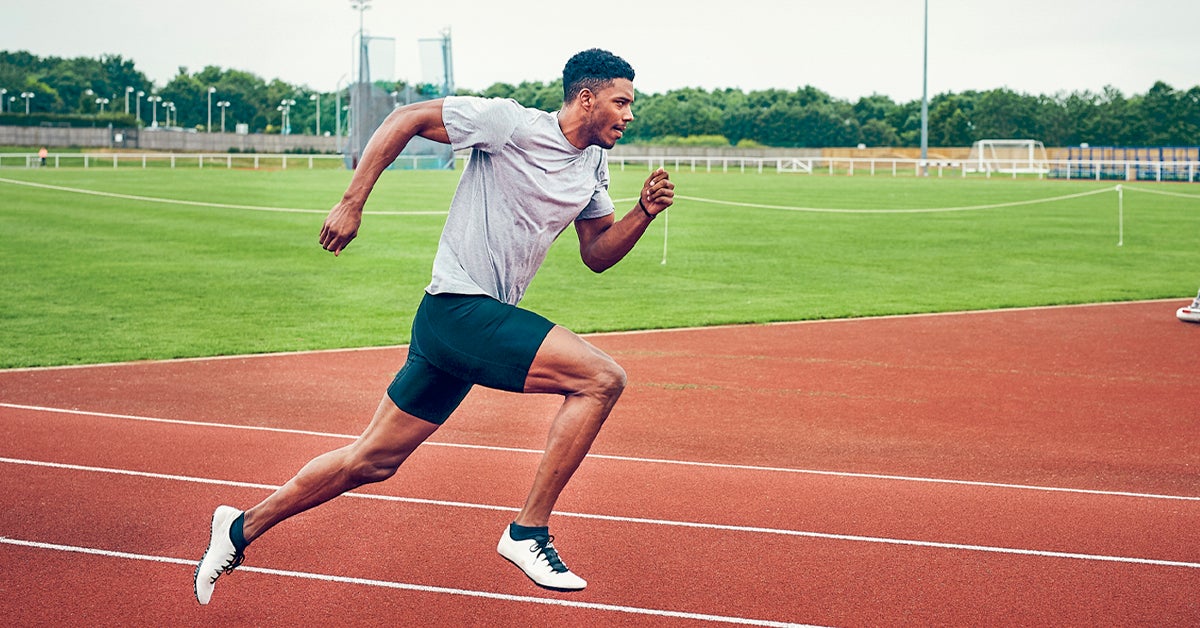Teen Footwear for Active Lifestyles: A Guide
Finding the right athletic footwear can feel overwhelming, especially when you’re shopping for a teenager. Their feet are still growing, they're often very active, and of course, they want something that looks good. More than just looks are important though. Proper support and cushioning can make a big difference in their comfort, performance, and even injury prevention. Let's explore what to look for when choosing athletic footwear for the young athletes and active teens in your life.
Understanding the Needs of Growing Feet
Teenagers' feet are constantly changing. Growth spurts can happen quickly, and what fit comfortably last month might be too tight now. It’s important to regularly check the fit of their footwear. A good rule of thumb is to have about a thumb's width of space between the end of their longest toe (which isn't always the big toe!) and the end of the shoe. Also, pay attention to how the footwear feels after activity. Are there any red marks, blisters, or areas of discomfort? These are telltale signs that the shoe isn't fitting correctly.
Another factor to consider is the type of activity your teen is involved in. Are they primarily involved in running, basketball, cross-training, or just general gym activities? Different sports and activities place different demands on the feet, requiring specific features in athletic footwear.
What happens if a teen wears the wrong type of athletic shoe?
Wearing the wrong type of athletic shoe can lead to discomfort, blisters, and even more serious injuries like shin splints, plantar fasciitis, or ankle sprains. For instance, wearing basketball shoes for long-distance running can cause excessive strain on the feet and legs, while wearing minimalist footwear for high-impact activities may not provide enough cushioning and support.
Key Features to Look For
When you’re searching for teen athletic footwear, focus on these essential features:
- Cushioning: Adequate cushioning is crucial for absorbing impact and protecting joints. Look for features like gel, air, or foam cushioning in the midsole. The amount of cushioning needed depends on the activity and the teen's weight.
- Support: Proper arch support is essential for maintaining foot alignment and preventing overpronation (when the foot rolls inward excessively) or supination (when the foot rolls outward excessively). Many specialty footwear stores offer gait analysis to determine the level of support needed.
- Fit: A snug but comfortable fit is essential. The heel should be secure, and there should be enough room in the toe box to allow the toes to wiggle.
- Breathability: Teenagers are active and their feet can sweat a lot. Look for shoes with breathable uppers made of mesh or other ventilated materials. This helps keep feet cool and dry, reducing the risk of blisters and odor.
- Durability: Teenagers can be tough on their gear, so durability is important. Look for shoes made with high-quality materials and reinforced stitching.
Specific Types of Athletic Footwear and Their Uses
Let's take a closer look at different types of athletic footwear and their ideal uses:
- Road trainers: Designed for running on pavement or other hard surfaces. They typically offer good cushioning and support.
- Trail trainers: Designed for running on trails or uneven terrain. They have more aggressive tread patterns for better traction and added protection from rocks and roots.
- Cross-trainers: Versatile shoes suitable for a variety of activities, including gym workouts, weightlifting, and aerobics. They offer a good balance of cushioning, support, and flexibility.
- Basketball trainers: Designed for the specific demands of basketball, including high-impact landings, quick cuts, and lateral movements. They provide excellent ankle support and cushioning.
- Court trainers: Used for activities like tennis, volleyball, and badminton.
For example, if your teenager is primarily a runner, invest in a good pair of road or trail trainers, depending on where they do most of their running. If they participate in multiple sports or activities, a cross-trainer might be a better choice.
How often should athletic footwear be replaced?
Generally, athletic footwear should be replaced every 300-500 miles of use or every 6-12 months, whichever comes first. However, this can vary depending on the individual's weight, activity level, and the type of shoe. Look for signs of wear and tear, such as worn outsoles, compressed midsoles, or tears in the upper. If the shoes feel less supportive or comfortable than they used to, it's probably time for a new pair.
The Importance of Trying Before Buying
Whenever possible, it's best to try on footwear before buying it. This allows your teen to assess the fit, comfort, and overall feel. Encourage them to wear the same type of socks they would normally wear for their activities when trying on shoes. Walk around the store, jump a little, and mimic the movements they would make during their workouts.
If you're buying online, make sure to check the retailer's return policy. Many online retailers offer free returns, which allows you to try the footwear at home and return it if it doesn't fit or feel right.
Involving Your Teen in the Decision-Making Process
Ultimately, the best athletic footwear is the one that your teen feels comfortable and confident in. Involve them in the decision-making process and let them choose something that they like, while still ensuring that the footwear meets their needs in terms of fit, support, and cushioning. After all, if they like the way it looks and feels, they're more likely to wear it and take care of it.
Choosing the right athletic footwear for your teen doesn't have to be a daunting task. By understanding their needs, focusing on key features, and involving them in the process, you can find a pair of shoes that will help them stay comfortable, active, and injury-free.
